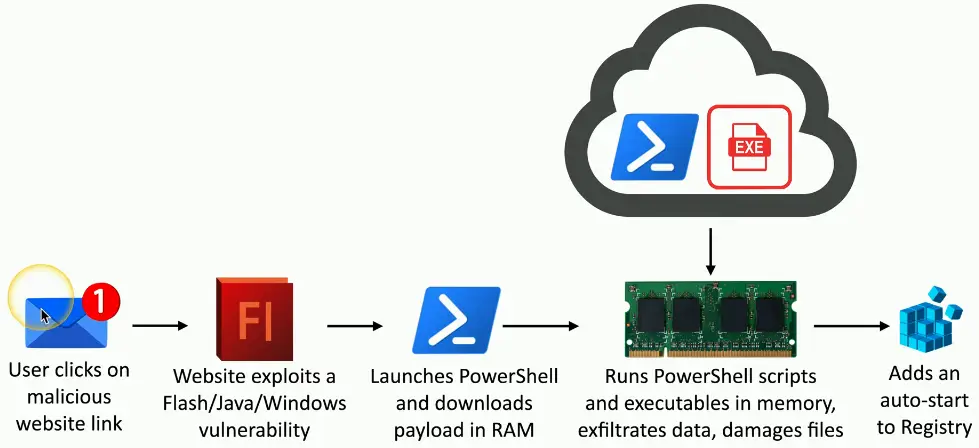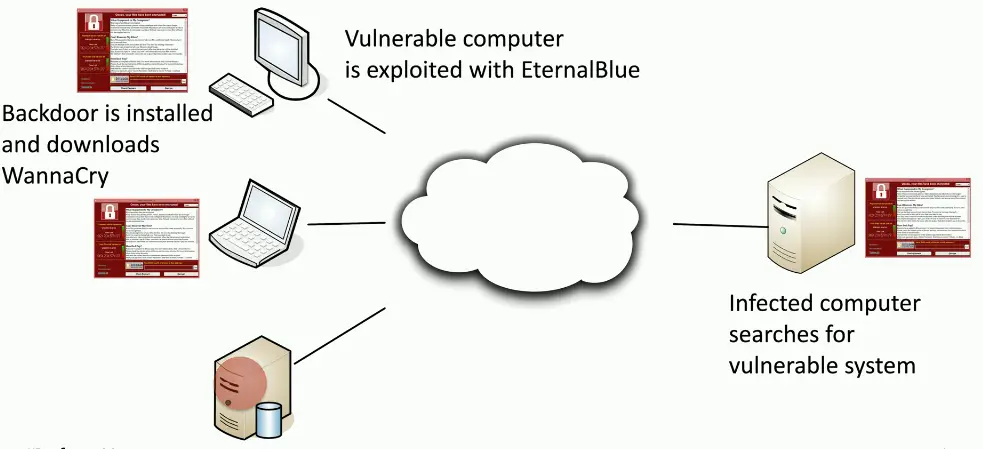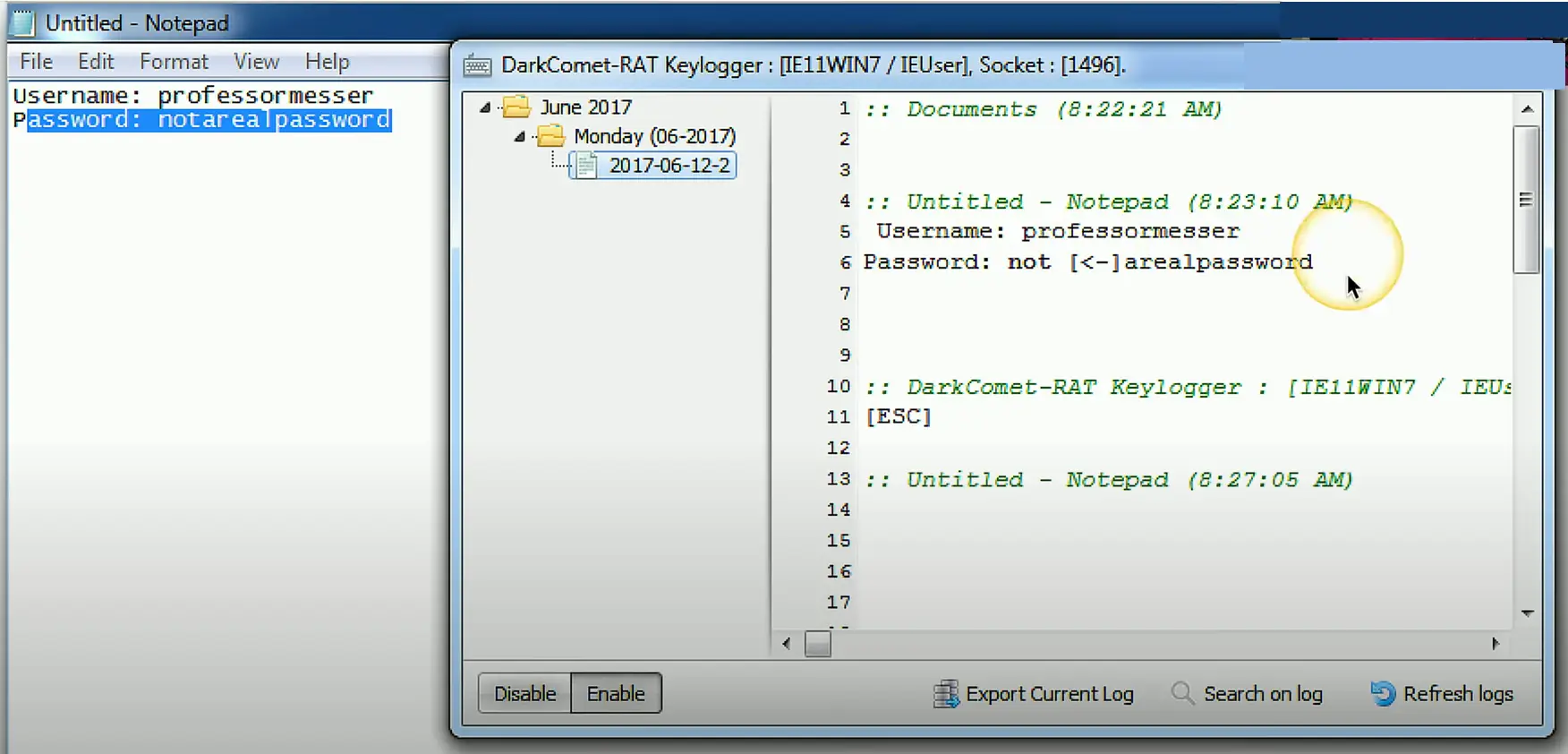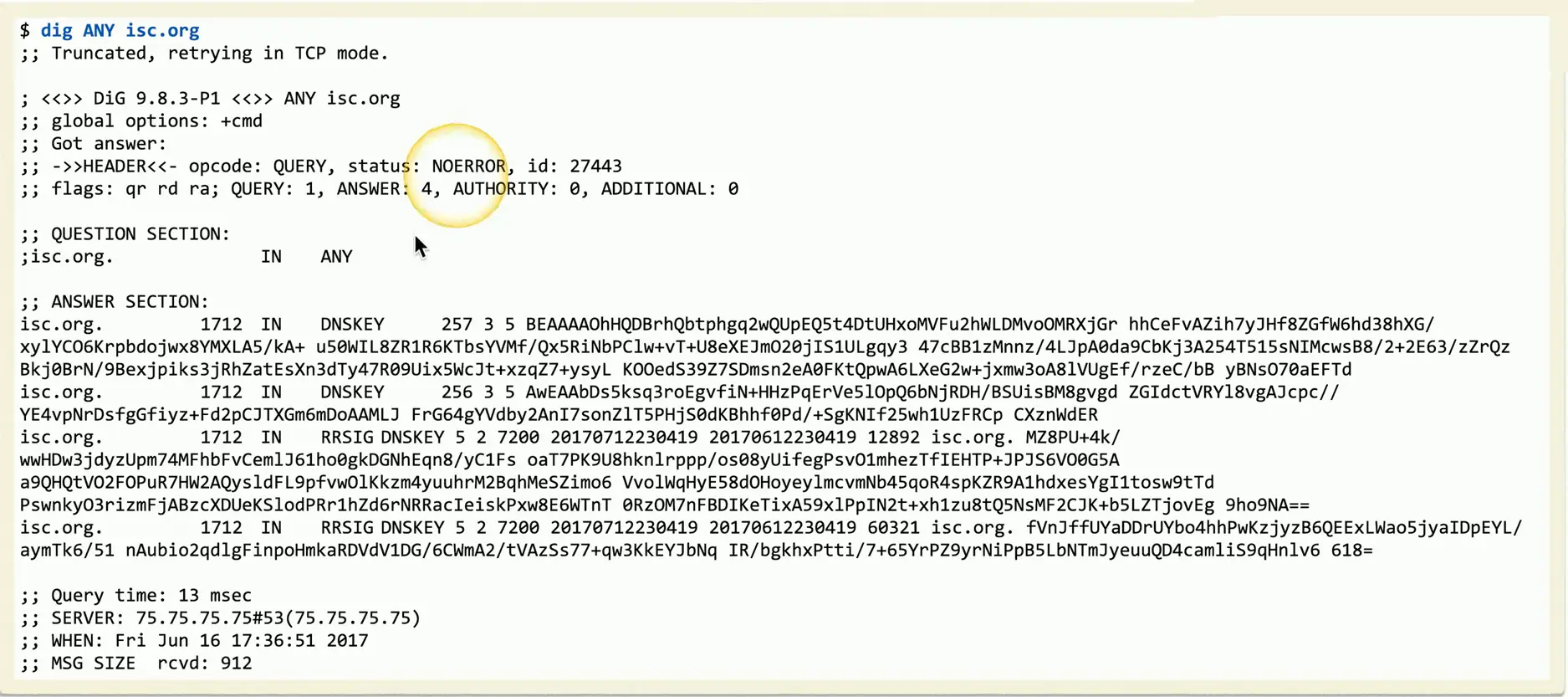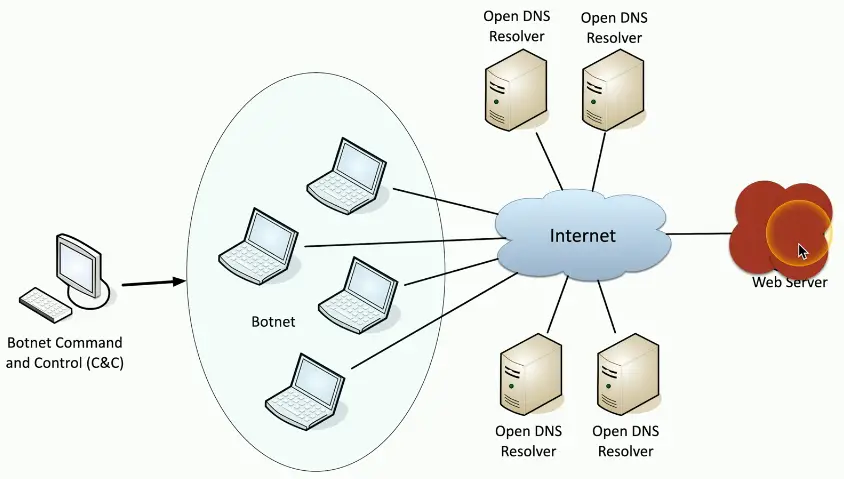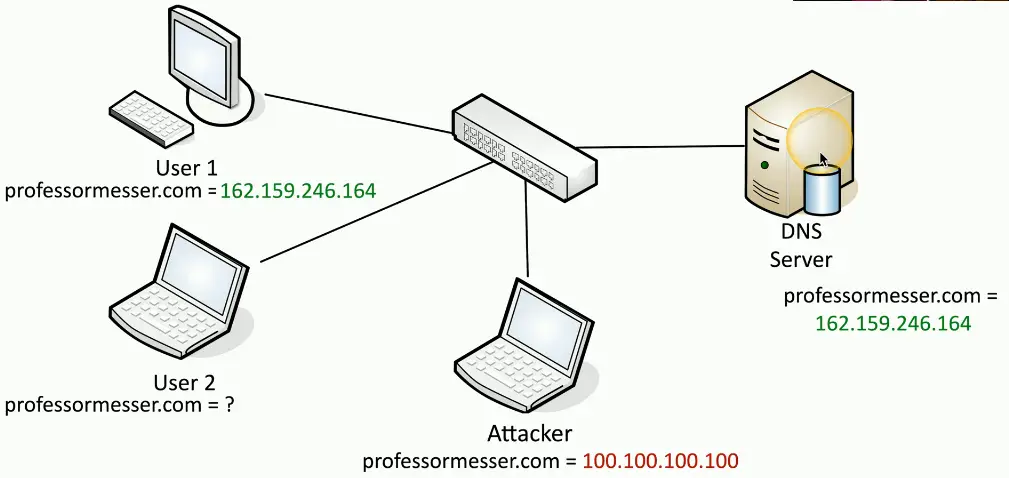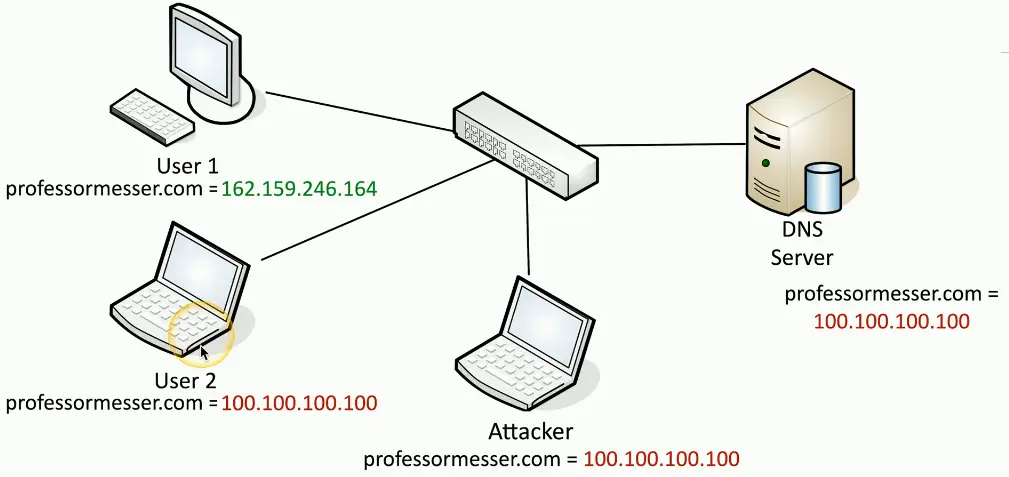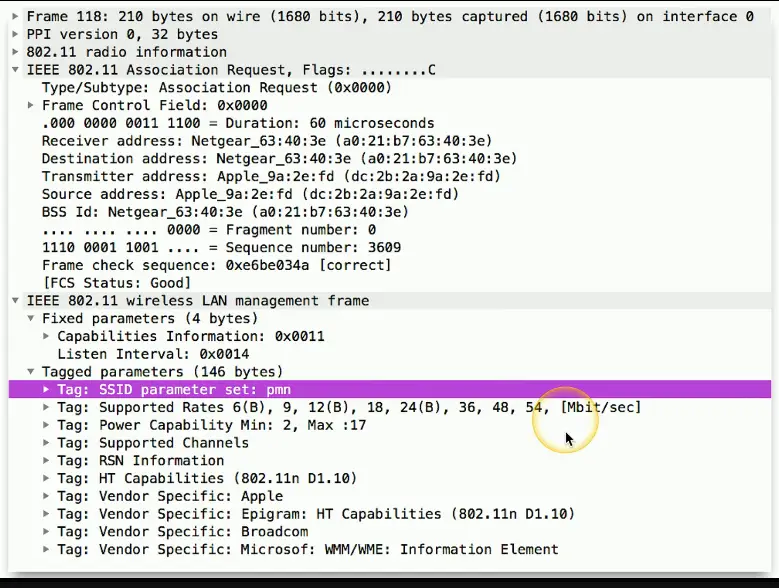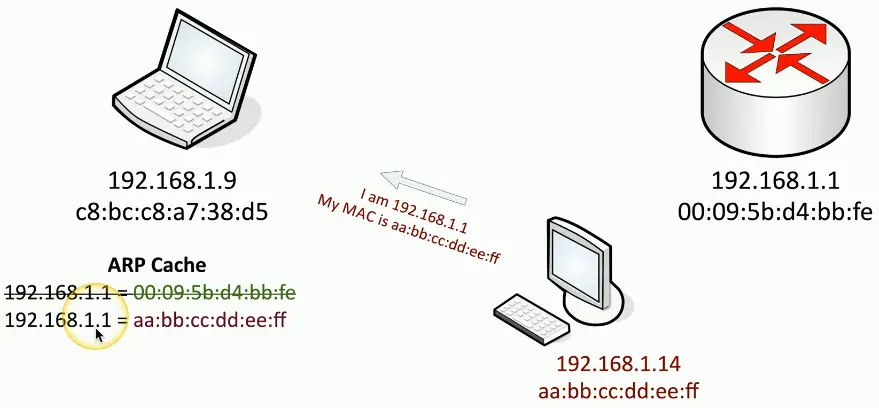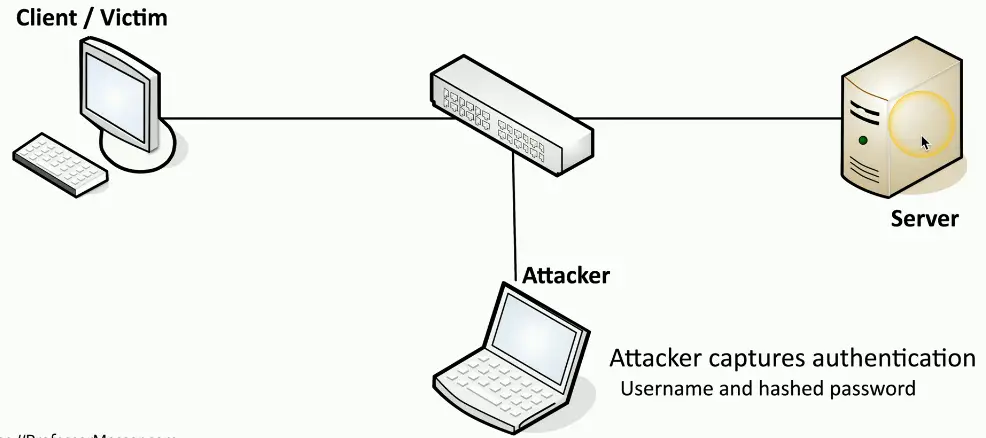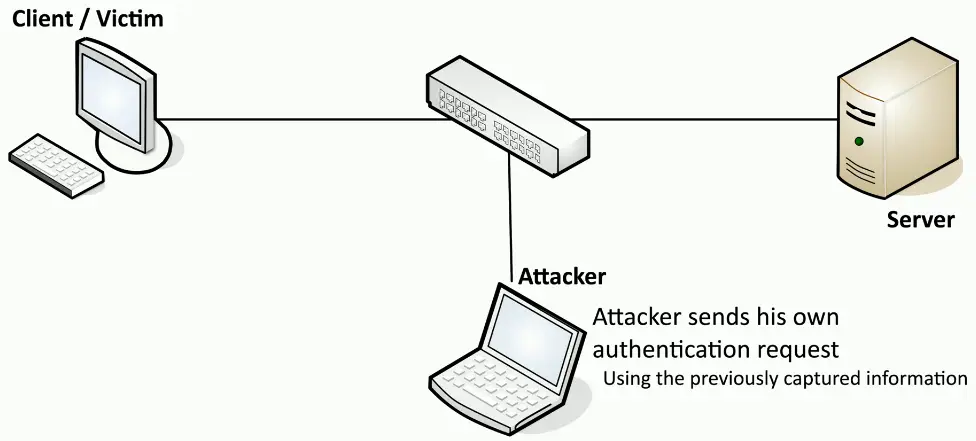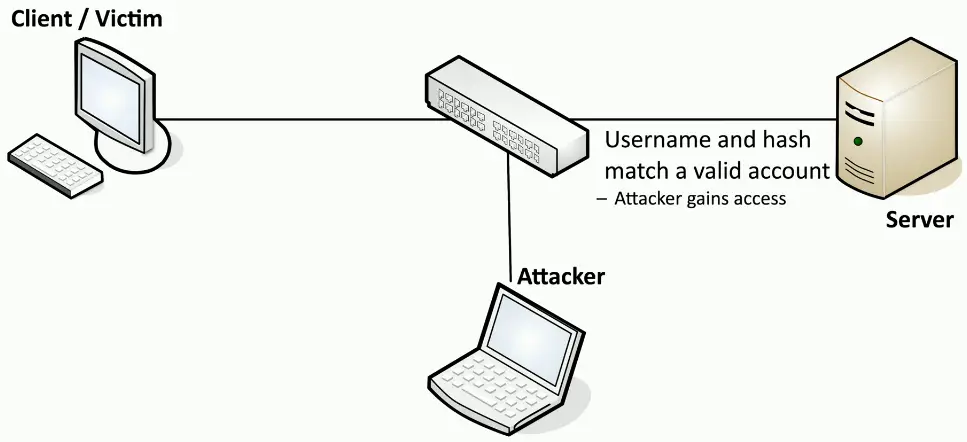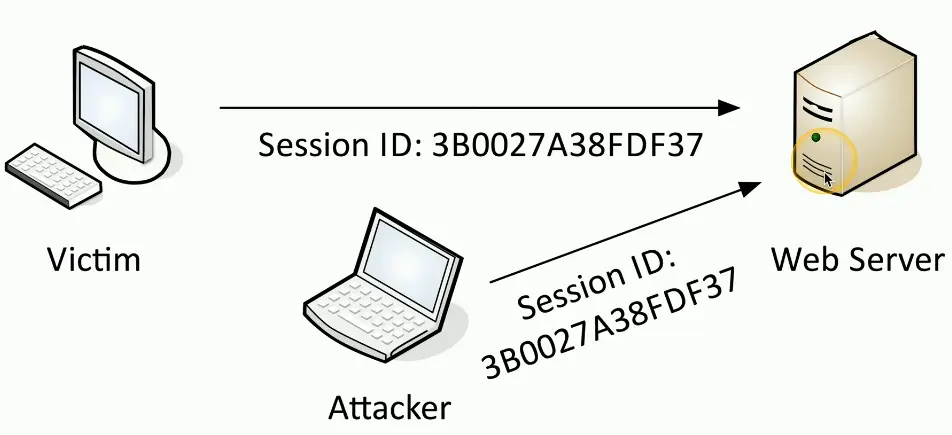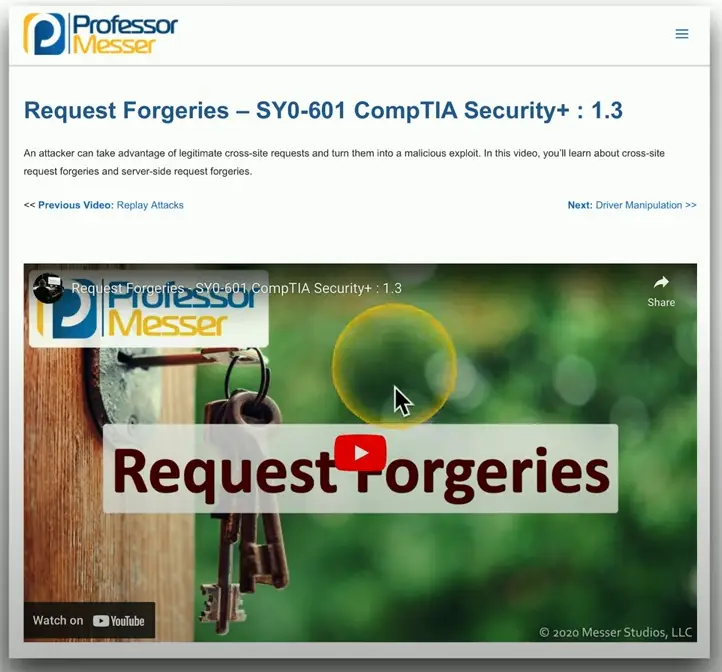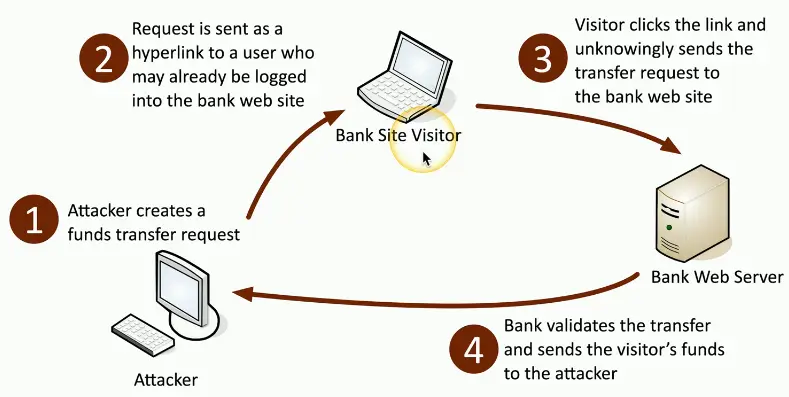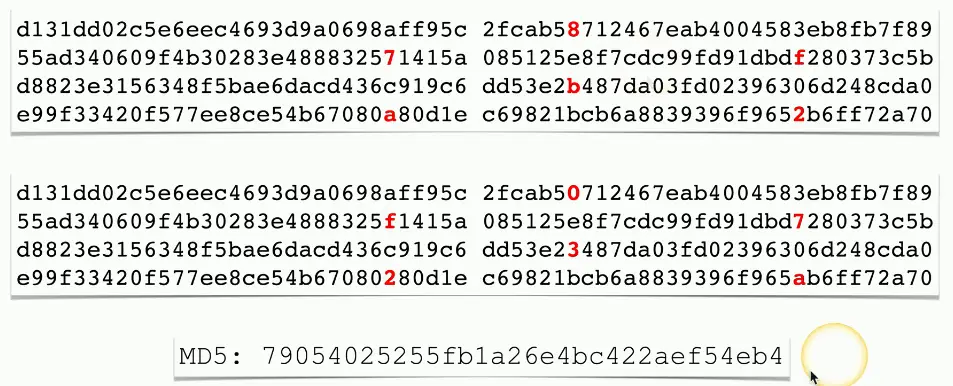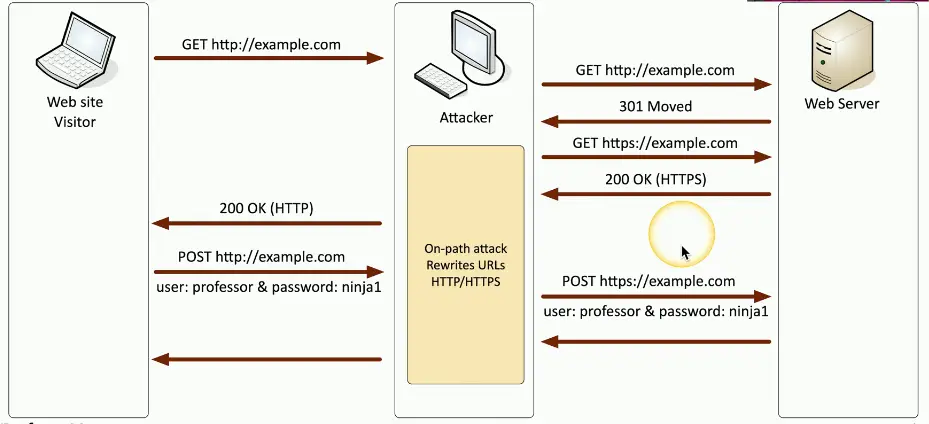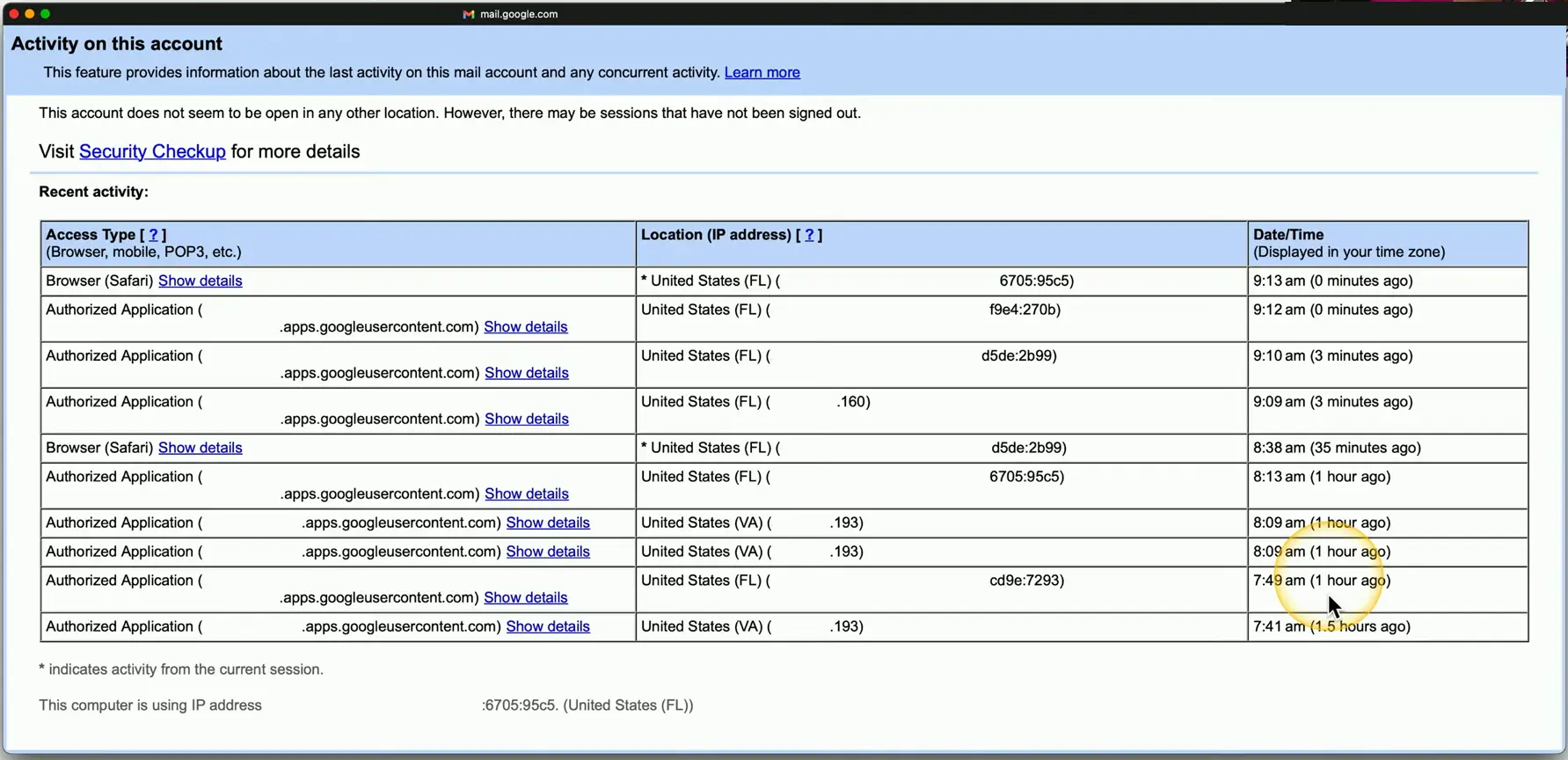An Overview of Malware
Malware
Malicious Software
- These can be very bad
Gather information
- Keystrokes
Show you advertising
- Big money
Viruses and worms
- Encrypt your data
- Ruin your day
Malware Types and Methods
- Viruses
- Worms
- Ransomware
- Trojan Horse
- Rootkit
- Keylogger
- Spyware
- Bloatware
- Logic bomb
How You Get Malware
These all work together
- A worm takes advantage of a vulnerability
- Installs malware that includes a remote access backdoor
- Additional malware may be installed later
Your computer must run a program
- Email link — Don’t click links
- Web page pop-up
- Drive-by download
- Worm
Your computer is vulnerable
- OS — Keep your OS updated
- Applications — Check with the publisher
Your Data is Valuable
Personal Database
- Family pictures and videos
- Important documents
Organization data
- Planning documents
- Employee personally identifiable information (PII)
- Financial records
- Company private data
How much is it worth?
- There’s a number
Ransomware
A particularly nasty malware
- Your data is unavailable until you provide cash
Malware encrypts your data files
- Pictures, documents, music, movies, etc.
- Your OS remains available
You must pay the attackers to obtain the decryption key
- Untraceable payment system
- An unfortunate use of public-key cryptography
Protecting against Ransomware
Always have a backup
- An offline backup, ideally
Keep your OS up to date
- Patch those vulnerabilities
Keep your applications up-to-date
- Security patches
Keep your anti-virus/anti-malware signatures up-to-date
- New attacks every hour
Keep everything up-to-date
Viruses and Worms
Virus
Malware that can reproduce itself
- It needs you to execute a program
Reproduces through file systems or the network
- Just running a program can spread a virus
May or may not cause problems
- Some viruses are invisible, some are annoying
Anti-virus is very common
- Thousands of new viruses every week
- Is your signature file updated?
Virus Types
Program viruses
- It’s part of the application
Boot sector viruses
- Who need an OS?
Script viruses
- OS and browser-based
Macro viruses
- Common in Microsoft Office
Fileless Virus
A stealth attack
- Does a good job of avoiding anti-virus detection
Operates in memory
- But never installed in a file or application
Worms
Malware that self-replicates
- Doesn’t need you to do anything
- Uses the network as a transmission medium
- Self-propagates and spreads quickly
Worms are pretty bad things
- Can take over many systems very quickly
Firewalls and IDS/IPS can mitigate many worms infestations
- Doesn’t help much once the worm gets inside
Wannacry Worm
Spyware and Bloatware
Spyware
Malware that spies on you
- Advertising, identity theft, affiliate fraud
Can trick you into installing
- Peer to peer, fake security software
Browser monitoring
- Capture surfing habits
Keyloggers
- Capture every keystroke
- Send your keystrokes back to the attacker
Protecting Against Spyware
Maintain your anti-virus/anti-malware
- Always have the latest signatures
Always know what you’re installing
- And watch your options during the installation
Where’s your backup?
- You might need it someday
- Cleaning adware isn’t easy
Run some scans
- Malwarebytes
Bloatware
A new computer or phone
- Includes the OS and important apps
Also includes applications you didn’t expect
- And often don’t need
Apps are installed by the manufacturer
- You didn’t get a choice
Uses valuable storage space
- May also add to overall resource usage
- The system may be slower than expected
- Could open your system to exploits
Removing Bloatware
Identify and remove
- This may be easier said than done
Use the built-in uninstaller
- Works for most applications
Some apps have their own uninstaller
- That’s how bad they are
Third-party uninstallers and cleaners
- Probably not the first option
- Always have a backup
Other Malware Types
Keyloggers
Your keystrokes contain valuable information
- Website login URLs, passwords, email messages
Save all of your input
- Send it to the bad guys
Circumvent encryption protections
- Your keystrokes are in the clear
Other data logging
- Clipboard logging, screen logging, instant messaging, search engine queries
Keylogger in action
Logic Bomb
Waits for a predefined event
- Often left by someone with grudge
Time bomb
- Time or date
User event
- Logic bomb
Difficult to identify
- Difficult to recover if it goes off
Real-world Logic Bomb
March 19, 2013, South Korea
- Email wit malicious attachment sent to South Korean organizations
- Posed as a bank email
- Trojan installs a malware
March 20, 2013, 2 PM local time
- Malware time-based logic bomb activates
- Storage and master boot record (MBR) deleted, system reboots
Preventing a Logic Bomb
Difficult to recognize
- Each is unique
- No predefined signatures
Process and procedures
- Formal change control
Electronic monitoring
- Alerts on changes
- Host-based intrusion detection, Tripwire, etc.
Constant auditing
- An administrator can circumvent existing systems
Rootkits
Originally a Unix technique
- The
rootin rootkit
Modifies core system files
- Part of the kernel
Can be invisible to the OS
- Won’t see it in the Task Manager
Also, invisible to traditional anti-virus utilities
- If you cannot see it, you cannot stop it
Finding and Removing Rootkits
Look for the unusual
- Anti-malware scans
Use a remover specific the rootkit
- Usually built after the rootkit is discovered
Secure boot with UEFI
- Security in the BIOS
Physical Attacks
Physical Attacks
Old school security
- No keyboard, no mouse, no command line
Many ways to circumvent digital security
- A physical approach must be considered
If you have physical access to a server, you have full control
- An OS can’t stop an in-person attack
Door locks keep out the honest people
- There’s always a way in
Brute Force
The physical version
- No password required
Push through the obstruction
- Brawn beats brains
Check your physical security
- Check the windows
- Try the doors
Attackers will try everything
- You should be prepared for anything
RFID Cloning
RFID is everywhere
- Access badges
- Key fobs
Duplicators are on Amazon
- Less than $50
The duplication process takes seconds
- Read one card
- Copy to another
This is why we have MFA
- Use another factor with the card
Environmental Attacks
Attack everything supporting the technology
- The operating environment
Power monitoring
- An obvious attack
HVAC (Heating, Ventilation, and Air conditioning) and humidity controls
- Large data centers must be properly cooled
Fire suppression
- Watch for smoke or fire
Denial of Service
Denial of Service
Force a service to fail
- Overload the service
Take advantage of a design failure or vulnerability
- Keep your system patched!
Cause a system to be unavailable
- Competitive advantage
Create a smokescreen for some other exploit
- Precursor to a DNS spoofing attack
Doesn’t have to be complicated
- Turn off the power
A “Friendly” DoS
Unintentional DoSing
- It’s not always an né’er-do-well
Network DoS
- Layer 2 loop without STP
Bandwidth DoS
- Downloading multi-gigabyte Linux distribution over a DSL line
The water line breaks
- Get a good shop vacuum
Distributed Denial of Service (DDoS)
Launch an army of computers to bring down a service
- Use all the bandwidth or resources — traffic spike
This is why the attackers have botnets
- Thousands or millions of computers at your command
- At its peak, Zeus botnet infected over 3.6 million PCs
- Coordinated attack
Asymmetric threat
- The attacker may have fewer resources than the victim
DDoS Reflection and Amplification
Turn your small attack into a big attack
- Often reflected off another device or service
An increasingly common network DDoS technique
- Turn Internet services against the victim
Uses protocols with little (if any) authentication or checks
- NTP, DNS, ICMP
- A common example of protocol abuse
DNS Attacks
DNS Poisoning
Modify the DNS server
- Requires some crafty hacking
Modify the client host file
- The host file takes precedent over DNS queries
Send a fake response to a valid DNS request
- Requires a redirection of the original request or the resulting response
- Real-time redirection
- This is an on-path attack
DNS Spoofing/Poisoning in Action
Domain Hijacking
Get access to the domain registration, and you have control where the traffic flows
- You don’t need to touch the actual servers
- Determines the DNS names and DNS IP addresses
Many ways to get into the account
- Brute-force
- Social engineer the password
- Gain access to the email address that manages the account
- The usual things
Saturday, October 22, 2016, 1 PM
- Domain name registrations of 36 domains were changes
- Brazilian bank
- Desktop domains, mobile domains, and more
Under hacker control for 6 hours
- The attackers became the bank
5 million customers, $27 billion in assets
- Results of the hack have not been publicly released
URL Hijacking
Make money from your mistakes
- There’s a lot of advertising on the Internet
Sell the badly spelled domain to the actual owner
- Sell a mistake
Redirect to a competitor
- Not as common, legal issues
Phishing site
- Looks like the real site, please log in
Infect with a drive-by download
- You’ve got malware!
Types of URL Hijacking
Typosquatting/brandjacking
- Take advantage of poor spelling
Outright misspelling
- professormesser.com vs. professormessor.com
A typing error
- professormeser.com
A different phrase
- professormessers.com
Different top-level domain
- professormesser.org
Wireless Attacks
It started as a normal day
Surfing along on your wireless network
- And then you’re not
And then it happens again
- and again
You may not be able to stop it
- There’s (almost) nothing you can do
- Time to get a long patch cable
Wireless deauthentication
- A significant wireless denial of service (DoS) attack
802.11 management frames
802.11 wireless includes a number of management features
- Frames that make everything work
- You never see them
Important for the operation of 802.11 wireless
- How to find access points, manage QoS, associate/disassociate with an access point, etc.
Original wireless standards didn’t add protection for management frames
- Sent in the clear, no authentication or validation
Protecting against deauth attacks
IEEE has already addressed the problem
- Updates included with 802.11ac
Some important management frames are encrypted
- Disassociate, deauthenticate, channel switch announcement, etc.
Not everything is encrypted
- Beacons, probes, authentication, association
Radio Frequency (RF) Jamming
Denial of service
- Prevent wireless communication
Transmit interfering wireless signals
- Decrease the signal-to-noise ratio at the receiving device
- The receiving device can’t hear the good signal
Sometimes it’s not intentional
- Interference, not jamming
- Microwave oven, fluorescent lights
Jamming is intentional
- Someone wants your network to not work
Wireless Jamming
Many types
- Constant, random bits/Constant, legitimate frames
- Data sent at random times — random data and legitimate frames
- Reactive jamming — only when someone else tries to communicate
Needs to be somewhere close
- Difficult to be effective from a distance
Time to go fox hunting
- You’ll need the right equipment to hunt down the jam
- Directional antenna, attenuator
On-path Attacks
On-path Network Attack
How can an attacker watch without you knowing?
- Formerly known as man-in-the-middle
Redirects your traffic
- Then passes it on to the destination
- You never know your traffic was redirected
ARP poisoning
- On-path attack on the local IP subnet
- ARP has no security
ARP Poisoning (Spoofing)
On-path Browser Attack
What if the middleman was on the same computer as the victim?
- Malware/Trojan does all the proxy work
- Formerly known as man-in-the-browser
Huge advantages for the attackers
- Relatively easy to proxy encrypted traffic
- Everything looks normal to the victim
The malware in your browser waits for you to log in to your bank
- And cleans you out
Replay Attacks
Replay Attacks
Useful information is transmitted over the network
- A crafty hacker will take advantage of this
Need access to the raw network data
- Network tap, ARP poisoning
- Malware on the victim computer
The gathered information may help the attacker
- Replay the data to appear as someone else
This is not an on-path attack
- The actual replay doesn’t require the original workstation
Pass the Hash
Avoid this type of replay attack with a salt or encryption
- Use a session ID with the password hash to create a unique authentication hash each time
Browser Cookie and Session IDs
Cookies
- Information stored on your computer by the browser
Used for tracking, personalization, session management
- Not executable, not generally a security risk
- Unless someone gets access to them
Could be considered be a privacy risk
- Lots of personal data in there
Session IDs are often stored in the cookie
- Maintains sessions across multiple browser sessions
Session Hijacking (Sidejacking)
Header Manipulation
Information gathering
- Wireshark, Kismet
Exploits
- Cross-site scripting
Modify header
- Tamper, Firesheep, Scapy
Modify cookie
- Cookies Manager+ (Firefox add-on)
Prevent Session Hijacking
Encrypt end-to-end
- They can’t capture your session ID if they can’t see it
- Additional load on the web server (HTTPS)
- Firefox extension: HTTPS Everywhere, Force TLS
- Many sites are now HTTPS-only
Encrypt end-to-somewhere
- At least avoid capture over a local wireless network
- Still in-the-clear for part of the journey
- Personal VPN
Info
Firefox and Chromium based browser now by-default support strict HTTPS configuration policy, you don’t need a 3rd-party extension
Malicious Code
Exploiting a Vulnerability
An attacker can use many techniques
- Social engineering
- Default credentials
- Misconfiguration
These don’t require technical skills
- The door is already unlocked
There are still ways to get into a well-secured system
- Exploit with malicious code
- Knock the pins out of a door hinge
Malicious Code
The attackers use any opportunity
- The types of malicious code are varied
Many forms
- Executables, scripts, macro viruses, worms, Trojan horses, etc.
Protection comes from different sources
- Anti-malware
- Firewall
- Continuous updates and patches
- Secure computing habits
Malicious Code Examples
WannaCry ransomware
- Executable exploited a vulnerability in Windows SMBv1
- Arbitrary code execution
British Airways cross-site scripting
- 22 lines of malicious JavaScript code placed on checkout pages
- Information stolen from 380,000 victims
Estonian Central Health Database
- SQL injection
- Breached all healthcare information for an entire country
Application Attacks
Application Attacks
Injection Attacks
Code injection
- Adding your own information into a data stream
Enabled because of bad programming
- The application should properly handle input and output
So many injectable data types
- HTML, SQL, XML, LDAP, etc.
Buffer Overflows
Overwriting a buffer of memory
- Spills over into other memory area
Developers need to perform bounds checking
- The attackers spend a lot of time looking for openings
Not a simple exploit
- Takes time to avoid crashing things
- Take time to make it do what you want
A really useful buffer overflow is repeatable
- Which means that a system can be compromised
Replay attack
Useful information is transmitted over the network
- A crafty hacker will take advantage of this
Need to access to the raw network data
- Network tap, ARP poisoning.
- Malware on the victim
The gathered information may help the attacker
- Replay the data to appear as someone else
This is not an on-path attack
- The actual replay doesn’t require the original workstation
Privilege Escalation
Gain higher-level access to a system
- Exploit a vulnerability
- Might be a bug or design flaw
Higher-level access means more capabilities
- This commonly is the highest level access
- This is obviously a concern
These are high-priority vulnerability patches
- You want to get these holes closed very quickly
Horizontal privilege escalation
- User A can access user B resources
Mitigating Privilege Escalation
Patch quickly
- Fix the vulnerability
Updates anti-virus/anti-malware software
- Block known vulnerabilities
Data Execution Prevention
- Only data in executable areas can run
Address space layout randomization
- Prevent a buffer overrun at a known memory address
Elevation of Privilege Vulnerability
CVE-2023-293366
- Win32k Elevation of privilege vulnerability
Win32k Kernel Driver
- Server 2008, 2008 R2, 2012, 2012 R2, 2016
- Windows 10
Attacker would gain SYSTEM privileges
- The highest level access
Cross-site Request
Cross-site requests are common and legitimate
- You visit professormesser.com
- Your browser loads text from the professormesser.com server
- It loads a video from YouTube
- And pictures from Instagram
HTML on professormesser.com directs requests from your browser
- This is normal and expected
- Most of these are unauthenticated requests
The Client and the Server
Website pages consist of client-side code and server-side code
- Many moving parts
Client-side
- Renders the page on the screen
- HTML, JavaScript
Server-side
- Performs requests from the client
- HTML, PHP
- Transfer money from one account to another
- Post a video on YouTube
Cross-site Request Forgery
One-click attack, session riding
- XSRF, CSRF (sea surf)
Takes advantage of the trust that a web application has for the user
- The website trusts your browser
- Requests are made without your consent or your knowledge
- Attacker posts a Facebook status on your account
Significant web application development oversight
- The application should have anti-forgery techniques added
- Usually a cryptographic token to prevent a forgery
Directory Transversal
Directory transversal/path transversal
- Read files from a web server that are outside the website’s file directory
- Users shouldn’t be able to browse the Windows Folder
Web server software vulnerability
- Won’t stop users from browsing past the web server root
Web application code vulnerability
- Take advantage of badly written code
Cryptographic Attacks
Cryptographic Attacks
You’ve encrypted data and sent it to another person
- Is it really secure?
- How do you know?
The attacker doesn’t have the combination (the key)
- So they break the safe (the cryptography)
Finding ways to undo the security
- There are many potential cryptographic shortcomings
- The problem is often the implementation
Birthday Attack
In a classroom of 23 students, what is the chance of two students sharing a birthday?
- About 50%
- For a class of 30, the chance is about 70%
In the digital word, this is a hash collision
- A hash collision is the same hash value for two different plaintexts
- Find a collision through brute force
The attacker will generate multiple versions of plaintext to match the hashes
- Protect yourself with a large hash output size
Collisions
Hash digests are supposed to be unique
- Different input data should not create the same hash
MD5 hash
- Message Digest Algorithm 5
- First published in April 1996
December 2008: Researchers created CA certificate that appeared legitimate when MD5 is checked
- Built other certificates that appeared to be legit and issued by RapidSSL
Downgrade Attack
Instead of using perfectly good encryption, use something that’s not so great
- Force the systems to downgrade their security
SSL stripping
- Combines an on-path attack with a downgrade attack
- Difficult to implement, but big returns for the attacker
- Attacker must sit in the middle of the conversation
- Victims browser page isn’t encrypted
- Strips the S away from HTTPS
Plaintext/Unencrypted Passwords
Some applications store passwords “in the clear”
- No encryption. You can read the stored password
- This is rare, thankfully.
Do not store passwords as plaintexts
- Anyone with access to the password file or database has every credential
What to do if your application saves passwords as plaintext
- Get a better application
Hashing a password
Hashes represent data as a fixed-length string of text
- A message digest, or “fingerprint”
Will not have a collision (hopefully)
- Different inputs will not have the same hash
One-way trip
- Impossible to recover the original message from the digest
- A common way to store passwords
A Hash Example
SHA-256 hash
- Used in many applications
The Password File
Different across OSes and applications
- Different hash algorithms
Spraying Attack
Try to log in with an incorrect password
- Eventually you’ll be locked out
There are some common passwords
Attack an account with the top three (or more) passwords
- If they don’t work, move to the next account
- No lockouts, no alarms, no alerts
Brute-force
Try every possible password combination until the hash is matched
This might take some time
- A strong hashing algorithm slows things down
Brute-force attacks — Online
- Keep trying the login process
- Very slow
- Most accounts will lock out after a number of failed attempts
Brute-force the hash — Offline
- Obtain the list of users and hashes
- Calculate a password hash, compare it to a stored hash
- Large computational resource requirement
Indicators of Compromise
Indicators of Compromise (IOC)
An event that indicates an intrusion
- Confidence is high
- He’s calling from inside the house
Indicators
- Unusual amount of network activity
- Change to file hash values
- Irregular international traffic
- Changes to DNS data
- Uncommon login patterns
- Spikes of read requests to certain files
Account Lockout
Credentials are not working
- It wasn’t you this time
Exceeded login attempts
- Account is automatically locked
Account was administratively disabled
- This would be a larger concern
This may be part of a larger plan
- Attacker locks account
- Calls support line to reset the password
Concurrent Session Usage
It’s challenging to be two places at one time
- Laws of Physics
Multiple account logins from multiple locations
- Interactive access from a single user
- You don’t have a clone
This can be difficult to track down
- Multiple devices and desktops
- Automated processes
Blocked Content
An attacker wants to stay as long as possible
- Your system has been unlocked
- Keep the doors and windows open
There’s probably a security patch available
- Time to play keep-away
Blocked content
- Auto-update connections
- Links to security patches
- Third-party anti-malware sites
- Removal tools
Impossible Travel
Authentication logs can be telling
- Logon and logoff
Login from Omaha, Nebraska, United States
- The company headquarters
Three minutes later, a login from Melbourne, Victoria, Australia
- Alarm bells should be ringing
This should be easy to identify
- Log analysis and automation
Resource Consumption
Every attacker’s action has an equal and opposite reaction
- Watch carefully for significant changes
File transfers use bandwidth
- An unusual spike at 3 AM
Firewall logs show the outgoing transfer
- IP addresses, timeframes
Often the first real notification of an issue
- The attacker may have been here for months
Resource Inaccessibility
The server is down
- Not responding
Network disruption
- A cover for the actual exploit
Server outage
- Result of an exploit gone wrong
Encrypted data
- A potential ransomware attack begins
Brute force attack
- Locks account access
Out-of-Cycle Logging
Out-of-Cycle
- Occurs at an unexpected time
OS patch logs
- Occurring outside the normal patch day
- Keep that exploited system safe from other attackers!
Firewall log activity
- Timestamps of every traffic flow
- Protocols and applications used
Missing logs
Log information is evidence
- Attackers will try to cover their tracks by removing logs
Information is everywhere
- Authentication logs
- File access logs
- Firewall logs
- Proxy logs
- Server logs
The logs may be incriminating
- Missing logs are certainly suspicious
- Logs should be secured and monitored
Published/Documented
The entire attack and data exfiltration may go unnoticed
- It happens quite often
Company data may be published online
- The attackers post a portion or all data
- This may be in conjunction with ransomware
Raw data may be released without context
- Researchers will try to find the source
